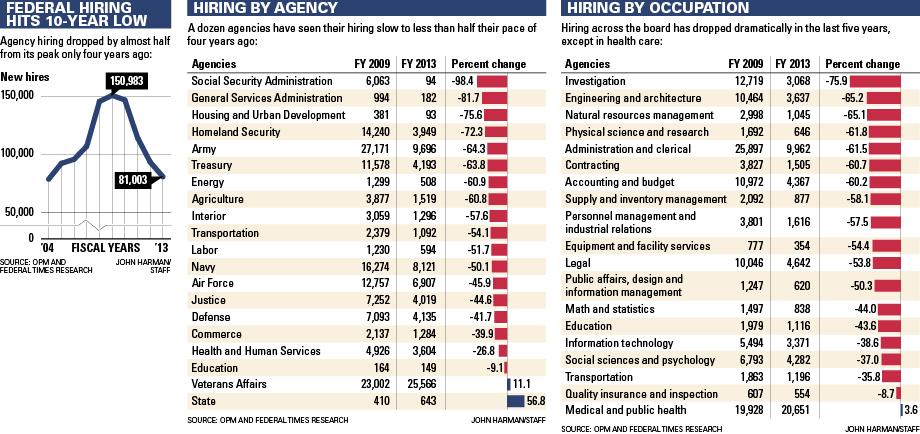Sam Johnson, the Chairman of the Social Security Subcommittee of the House Ways and Means Committee, posted a summary of his proposed “Stop Disability Fraud Act of 2014” yesterday. The title makes it clear that he believes that there is rampant fraud in Social Security's disability programs but the significant aspects of this proposal have nothing to do with fraud and everything to do with simply making it much harder to get on Social Security disability benefits.
The impression of weakness is underlined when you look at the most important aspects of the proposal:
Sec. 201-Requires the Commissioner to conduct quality reviews of hearing dispositions in sufficient numbers to ensure compliance with laws, regulations, and other guidance issued by the Commissioner. These reviews include reviews both before and after a case has been finalized, or “effectuated.” The Commissioner is also required to annually report the results of these reviews to Congress.
Sec. 202- Requires the Commissioner to establish standard qualifications for all decision makers and their advisors (medical consultants, medical advisors, and vocational consultants) involved in the disability determination process.
Sec. 301-Requires the Commissioner to update the 1979 medical-vocational regulatory guidelines for determining disability by considering new employment opportunities made possible by advances in treatment, rehabilitation and technology. (Effective as soon as possible after the date of enactment)
Notice a common theme here? None of this actually changes a thing about Social Security disability. It just tries to force the Social Security Administration to change things.Sec. 302-Expands current research and demonstration authority to:·Develop instruments to assess function that are rapid, reliable,and objective to inform the disability determination process. (To be completed no later than the end of calendar year 2016)·Study the availability and effects of more fully considering assistive devices and workplace accommodations in the disability determination process. (To be completed no later than the end of calendar year 2016).
The big problem with the approach of trying to make the Social Security Administration do the dirty work is that the agency can do essentially nothing if it wishes. It can tell Congress that it is already conducting quality reviews of Administrative Law Judges to the extent that funding allows. It can tell Congress that it already has "standard qualifications for decision makers and their advisors" and that it sees no need to change those. It can tell Congress that it has reviewed the medical-vocational rules and that it sees no need to change anything about them or even that they need to be liberalized. (Yes, Social Security Subcommittee staffers reading this, whether you believe it or not, updated vocational information may push Social Security in the direction of liberalization of the grid regulations. More people than ever work in offices but those jobs can't be done by Americans who have reduced cognitive abilities and that's most people who file claims for Social Security disability benefits. The number of sedentary jobs that can be done by people with reduced cognitive abilities has gone down significantly over the last 40 years.) Social Security can "study" functional capacity evaluation methods and tell Congress that it still finds them unreliable. Social Security can tell Congress that it has studied the "workplace accommodations" in the Americans with Disabilities Act and still believes that they have no place in disability determination.
If you genuinely want to change Social Security disability in the ways indicated in this bill, it would make a lot more sense to directly change Social Security disability. You could order Social Security to review each and every hearing decision that grants benefits. You could specify the "standard qualifications" you wanted for Administrative Law Judges, such as, say, quotas on the percentage of claims they could approve. You could change the definition of disability so that age would not be considered or would be given less consideration. You could order Social Security to use functional capacity evaluations. You could order consideration of Americans with Disabilities Act accommodations.
There's a reason that Mr. Johnson's proposal wouldn't actually force any of this. He's scared to do so. He wants all of his proposal to become fact but he doesn't want his fingerprints on it. He knows that Republicans in Congress generally want all of this but also don't want their fingerprints on it. They're all scared of Social Security. They want to dramatically cut Social Security disability but they're afraid to do so. They want to force the Social Security Administration to make the unpopular changes and then blame the agency and the Administration for the changes.
And, by the way, the proposal does nothing to extend the life of the Social Security Disability Trust Fund which suggests that Congressional Republicans are scared that their base will be intolerant of doing anything to help disability recipients continue receiving benefits.
